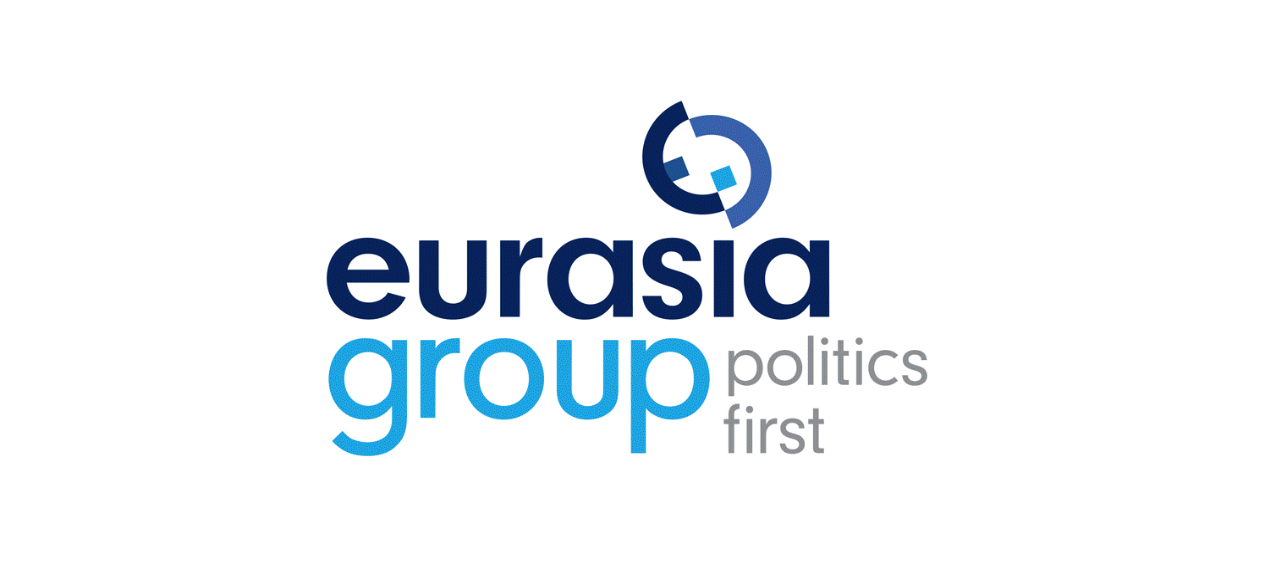
Measuring Marketing’s Effectiveness At Driving Demand
November 18, 2013
Recently one of my favorite clients asked me a very simple question. Did I have an example of a good brand dashboard?
The answer was no. After all the years and all the work, I had yet to come across any brand dashboard that I thought was worthy of sharing with her. So I went to work to answer her question.
I’ve long been interested in the notion of measuring marketing effectiveness. But, most measurement approaches seemed quite theoretical and disconnected from the normal flow of marketing activity. Then I had the chance to work with good friends at Adobe to integrate their recently acquired Omniture analytics business with their leading marketing and creative suites and for the first time I could see a clear pathway to practical value.
The needs we uncovered then very much apply today. Marketers are looking for tools to help measure the effectiveness of the plans they’ve put in place and importantly, give them insight as to how they can make those plans more effective.
In my quest to identify best practices, I uncovered a plethora of approaches used to varying degrees of satisfaction. What I thought would be relatively easy to identify – the best way in the eyes of most – was not easy at all. I learned much, but found little clear consensus
The most pervasive measurement approach in use is Net Promoter Score. NPS was developed by Bain and Satmetrix to measure customer loyalty and the likelihood of recommending a company or product. Tom Buiel from WindForce captures the reason why NPS is so attractive. “I chose NPS because it has all the elements of what marketing is all about – a methodology for finding new customers (through referrals) retaining customers (through closed loop feedback systems) and growing value by listening to what they are saying.”
But used widely as it is, NPS is not the Holy Grail. Many are employing other measurement tools. Some firms have looked to the specialists in Brand Valuation – Interbrand, Brand Z, Brand Finance and Brand Asset Valuator to develop dashboards based upon so called drivers of brand strength. Of these, the most common measurements include:
- Authenticity – degree to which the organization remains true to its values and reason for being
- Credibility – behaves in a trustworthy fashion and demonstrates appropriate expertise
- Relevance – products and services right for needs
- Differentiation – degree the brand stands apart from competitors
- Presence – availability of touchpoints to provide information and support needed to answer questions, solve problems and make better decisions
A few marketers have sought to unpack NPS to understand the factors contributing to their score. A previous client determined that NPS for them is driven by three factors – brand relevance, authenticity and understanding. They measure these and provide quarterly data for each dimension in addition to their overall NPS score.
Some of the more progressive firms are starting to build their brand dashboards around the drivers of demand in their business. Obviously, each business has a unique set of specific drivers, but interestingly some work that I’ve done recently determined that most drivers fall into four broad categories:
- Trust – I can count on you to behave in a manner that is consistent and reflects the best interests of our relationship
- Expertise – you demonstrate skill in the competences important for our relationship
- Understanding – you demonstrate that you get me and my needs
- Empowerment – I believe that through our relationship my needs will be satisfied and I can achieve my objectives
Lastly, many are still measuring traditional brand dimensions, such as:
- Awareness – I know you exist
- Recall – I’ve seen your ads and I remember them
- Engagement – what you offer is attractive to me
- Fulfillment – you deliver what you promise
- Loyalty – I’m sticking with you
- Advocacy – I’m telling all my friends and neighbors about you
These approaches in their own right are leading to some modicum of success. But, with the exception of a few dedicated NPS loyalists, most of the people I spoke with are still looking for a better way.
There is no question that tools for measuring marketing effectiveness are needed, for in the words of many, “If you can’t measure it, you can’t control it. If you can’t control it, there’s no way you can be confident that it is being well managed. Without confidence, you’re better off not even touching it.”
From my conversations, that better way should:
Connect marketing with the drivers of the business to be sure that marketing is in fact driving demand and influencing sales. This means understanding drivers of demand and measuring the degree to which marketing is influencing them. Toward that end, some have suggested that the most important measurement should be the amount of sales directly attributable to marketing.
Measure both process and outcome. Process measurement has become quite sophisticated with new cloud tools like Google Analytics and specialized resources such as Marketo. But as important as it is to measure process effectiveness, without a clear sense of the outcome being produced, you have no clue as to whether you are moving the business forward or not.
The better way also needs to heed two important cautions I heard often in my conversations.
In the process of measuring don’t lose contact with the customer. The power of the new tools for capturing and analyzing data does not mitigate the need for listening to the actual voice of the customer.
Be careful not to overvalue what you can measure and undervalue what you can’t. This wise thought came from John Hayes who has served as CMO for American Express for 18 years. Quite a tenure, especially when you think of the fact that the average life of a CMO today is 18 to 24 months. Even though it is becoming more scientific everyday, marketing remains an art form. There is still room for intuition in creating and executing strategies.
That being said, I believe that the better way is to construct a dashboard that uses a combination of measurement data points to capture a true sense of how marketing is driving demand by attracting, engaging, converting and securing customers for the business. Pulling all my learning together, my ideal dashboard would include:
1. Our share of mind
- Awareness
- Relevance
- Differentiation
2. The strength of our customer relationships
- Engagement
- Preference
- Churn
- Loyalty
- Advocacy
3. The effectiveness of our Touchpoints
- Visibility and impact of each touchpoint
- Ease of access and helpfulness of each touchpoint
- Effectiveness of integrated touchpoints, measured by campaign
4. The business and financial impact of our marketing
- Market share
- Margin
- Customer profitability by segment
- Cost of acquisition
- Cost of retention relative to the cost of churn
- Sales attributable to marketing
So there you have my thoughts. Please share yours.
Posted under: Branding Strategy, Demand Driving Strategy, Success Driving Briefs







